Articles TFCC Injuries
TFCC injuries are a common source of wrist pain. Please continue reading to gain a better understanding of this injury, causes, risk factors and physiotherapy management.
Basic Anatomy
Your wrist is a complex joint and made up of:
- the 2 bones of your lower arm (radius and ulna)
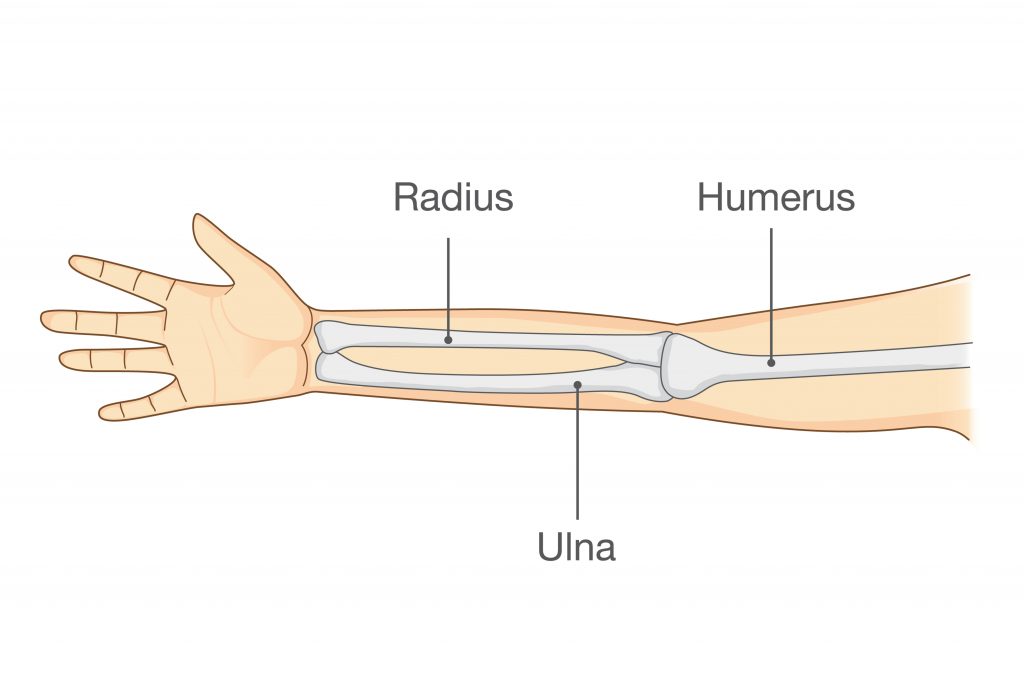
- 8 small interconnecting bones collectively called the carpels.
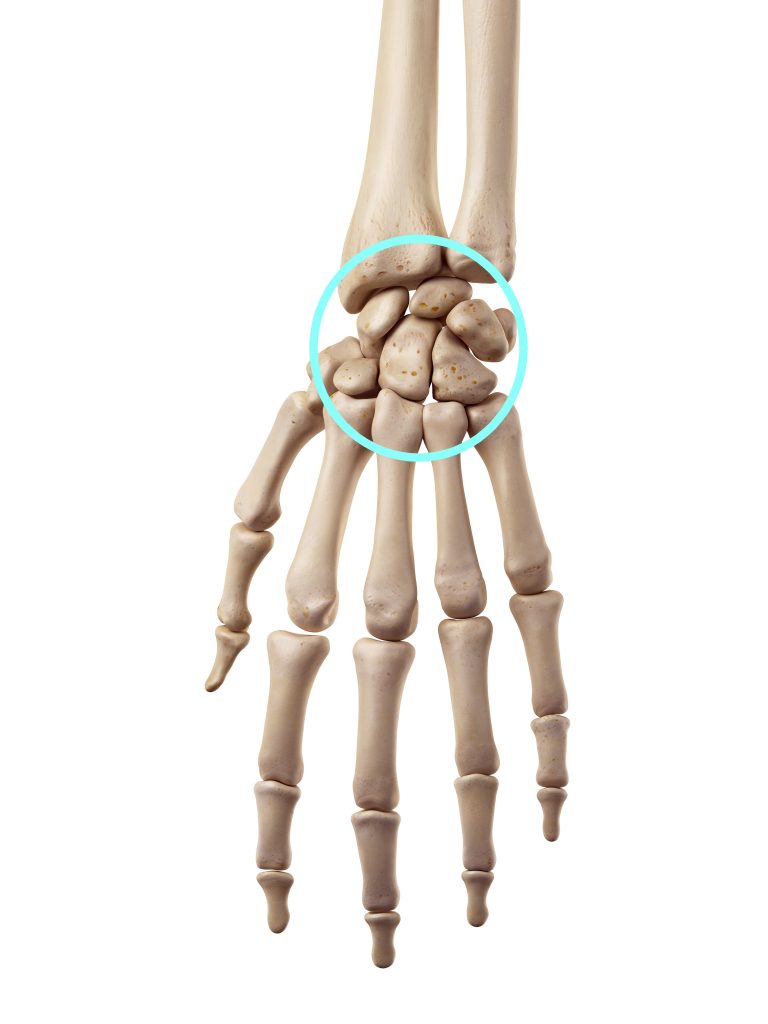
The space formed between these bones is the wrist joint.
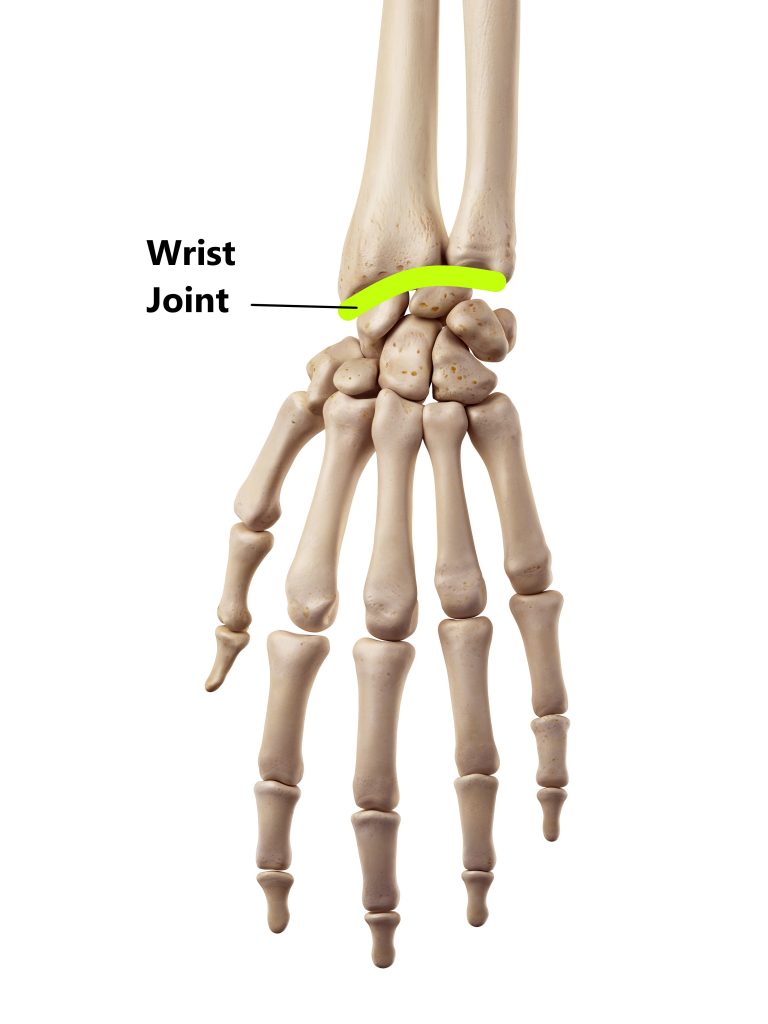
What is the TFCC?
Your bones are held together by ligaments. Located towards the little finger side of your wrist is a major stabilising structure called the Triangular Fibrocartilage Complex (TFCC). It is comprised of a cartilage disc and several ligaments and helps to bind the bones of the wrist joint together.
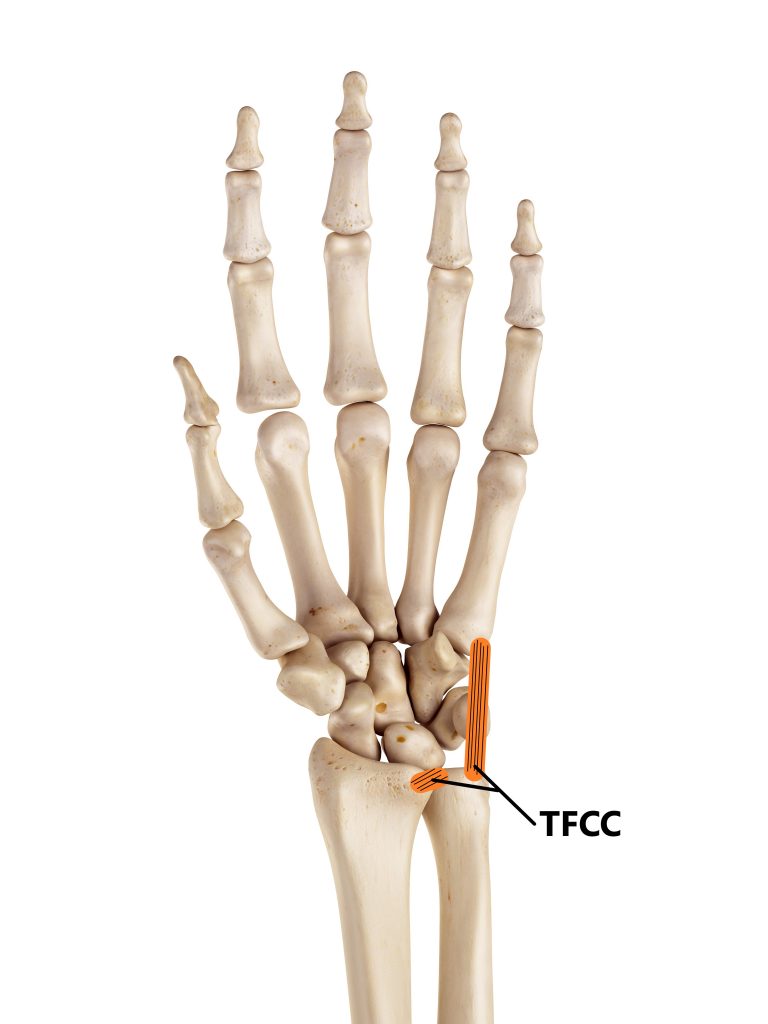
What Does The TFCC Do?
Stabilises the Bones of the Wrist Joint
The main role of the TFCC is to provide stability between:
- the ends of the 2 lower arm bones to prevent separation
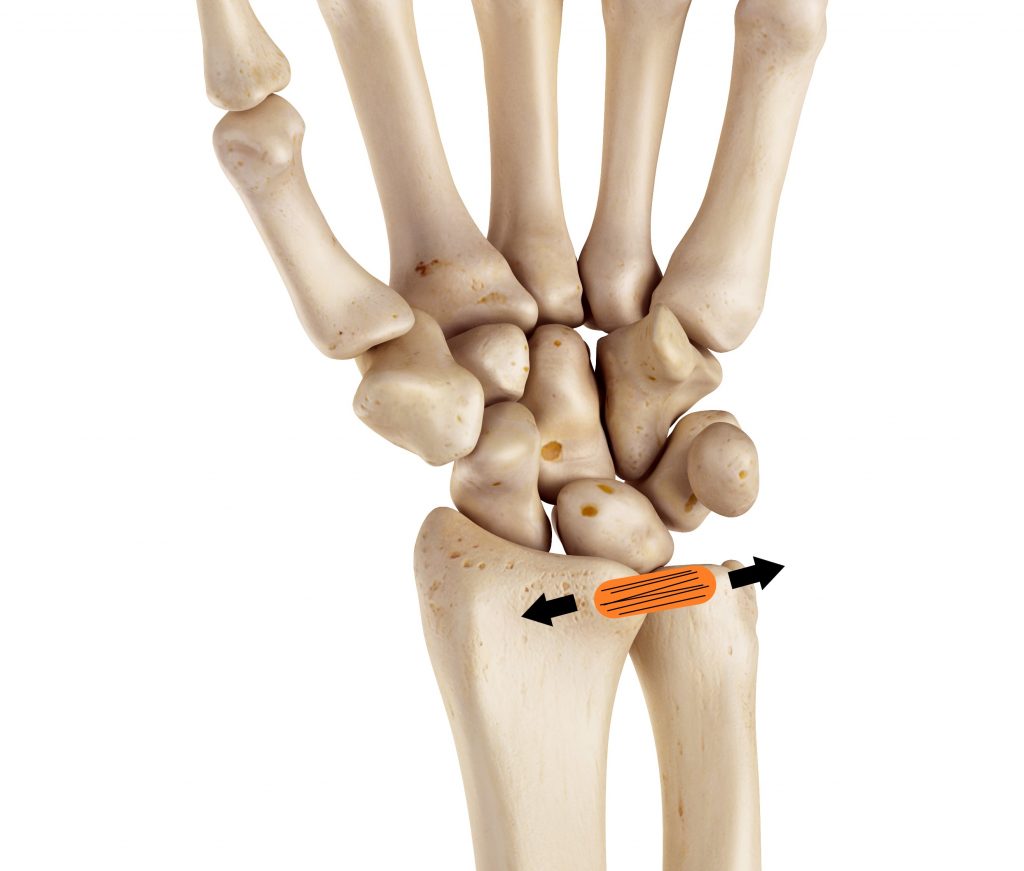
- the end of the ulnar bone and the carpels to prevent unwanted movement at the wrist joint
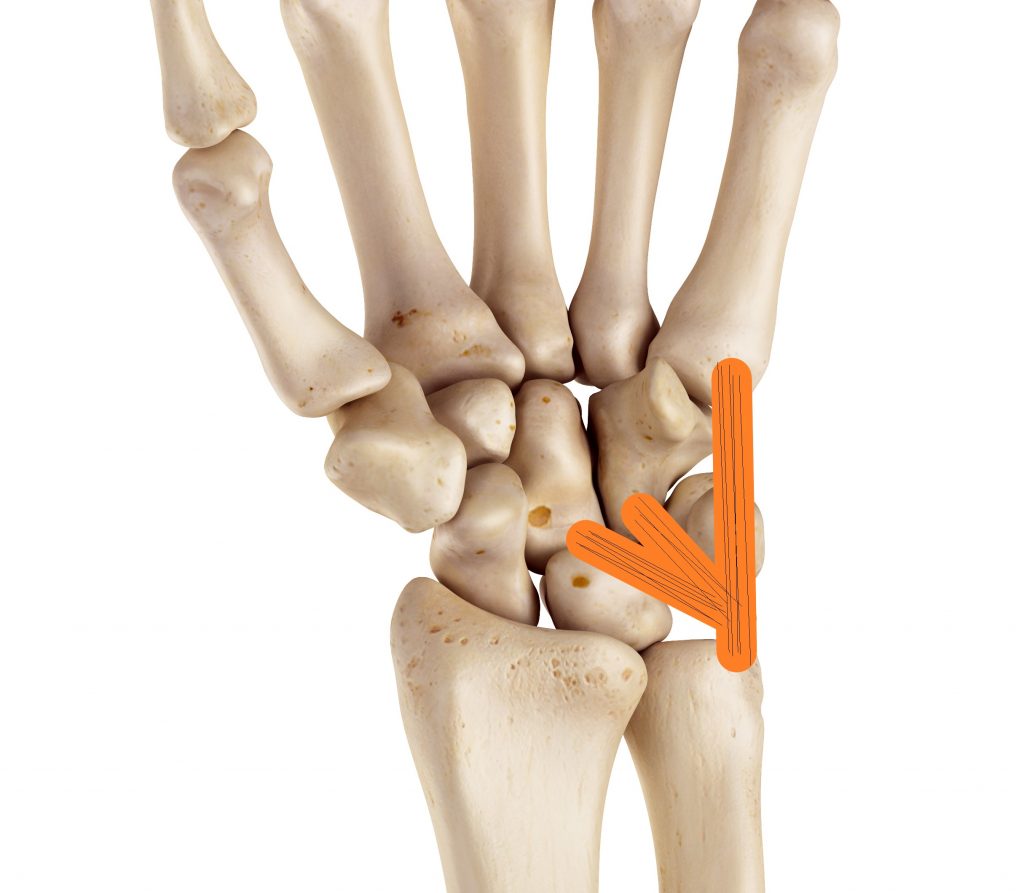
Absorb Impact and Provides a Smooth Joint Surface
A cartilage disc is located between the ends of the lower arm bones and carpels. This is much like the cartilages found in your knees which act as a shock absorber.
This disc also bridges the gap between the lower arm bones to provide a smooth continuous joint surface for the carpel bones to glide over.
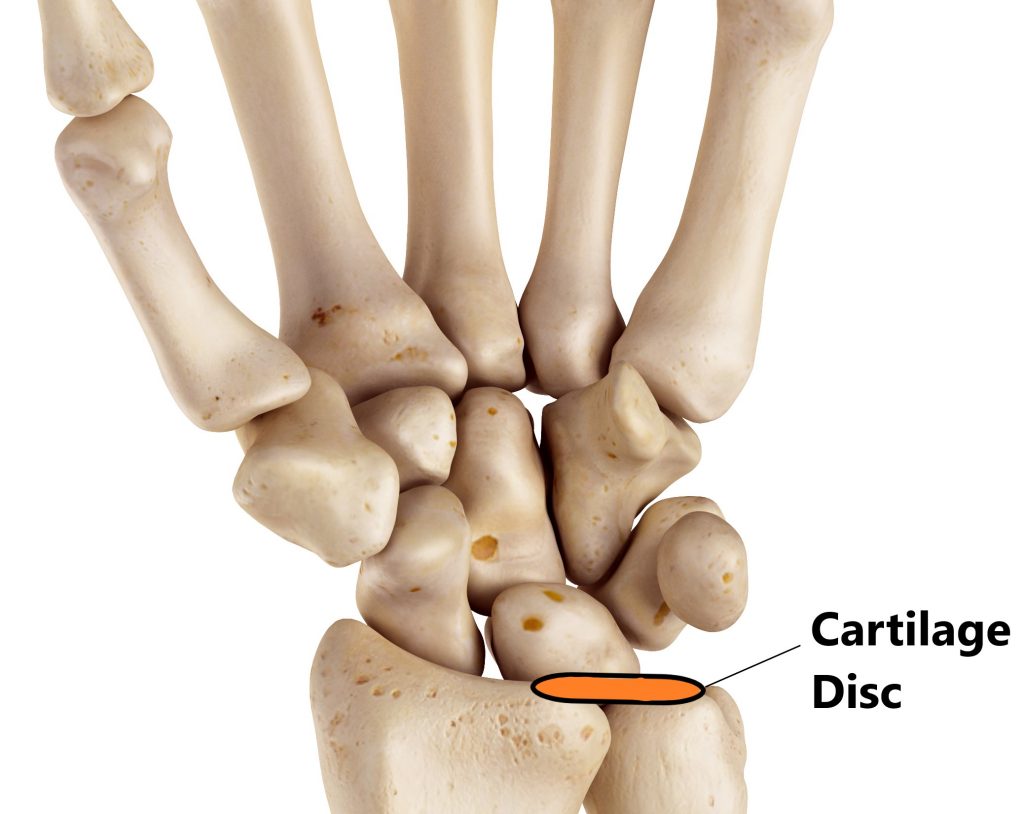
TFCC Injuries
TFCC injuries are typically managed with conservative physiotherapy treatment. Occasionally, a cortisone injection may be required to alleviate inflammation. In rarer circumstances surgical intervention may be indicated . Unfortunately, TFCC injuries can take several months to heal at best. This is because ligament and cartilage have poor blood supplies therefore, heal very slowly. TFCC injuries can be divided into 2 categories:
- Acute Tears, are generally the result of a frank incident or sudden trauma (i.e. fall). Acute tears can also occur following a wrist fracture, this should be investigated if you still experience pain long after your fracture has healed.
- Degenerative Tears, are due to wear and tear and overuse. As we age the blood supply to our ligaments lessen and our cartilages loose their water content becoming less “springy”, this makes it a lot easier to develop tears.
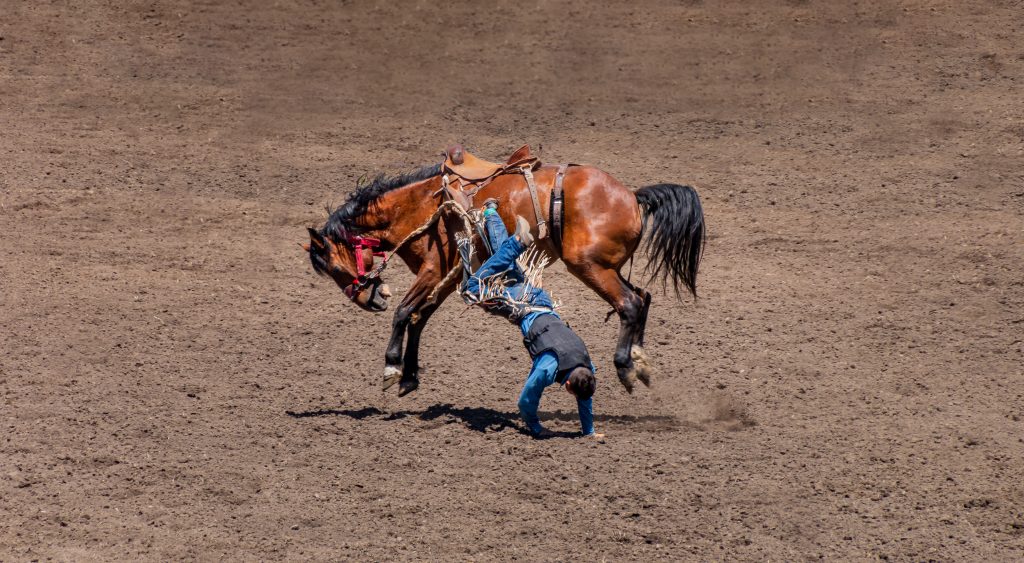
Causes
- fall onto an outstretched hand
- repeated impact on an outstretched hand (i.e. gymnastics)
- excessive torsion forces on the wrist (i.e. racket sports, pulling down on a heavy lever)
- sudden traction of the wrist

Symptoms
- pain over the little finger side of the wrist
- pain/numbness/ tingling into the little finger,
- restricted wrist movement
- weakness
- pain bearing weight through an extended wrist (i.e. push up position)
- pain with rotational wrist movements.
- pain tilting the wrist from side to side
- cluncking of the wrist
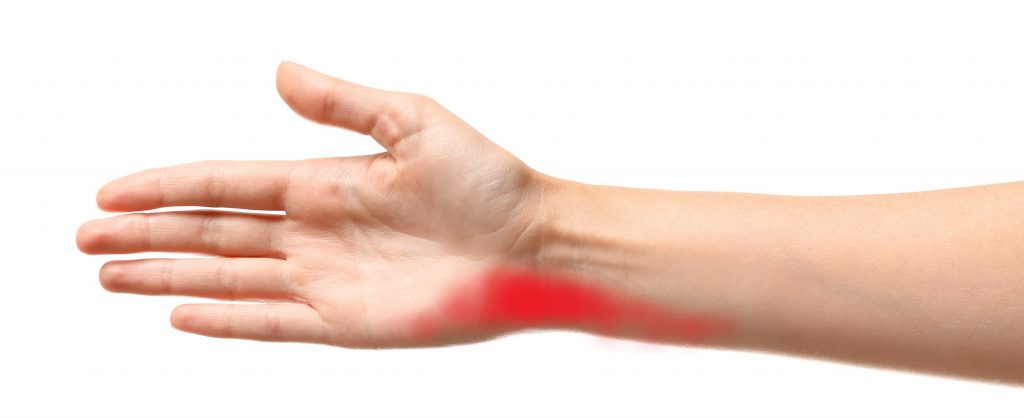
Risk Factors
- older age
- individuals with a length discrepancy between the lower arm bones (ulnar variance)
- participating in sports/occupations subjecting the wrists to impact
- wrist fracture involving the joint line
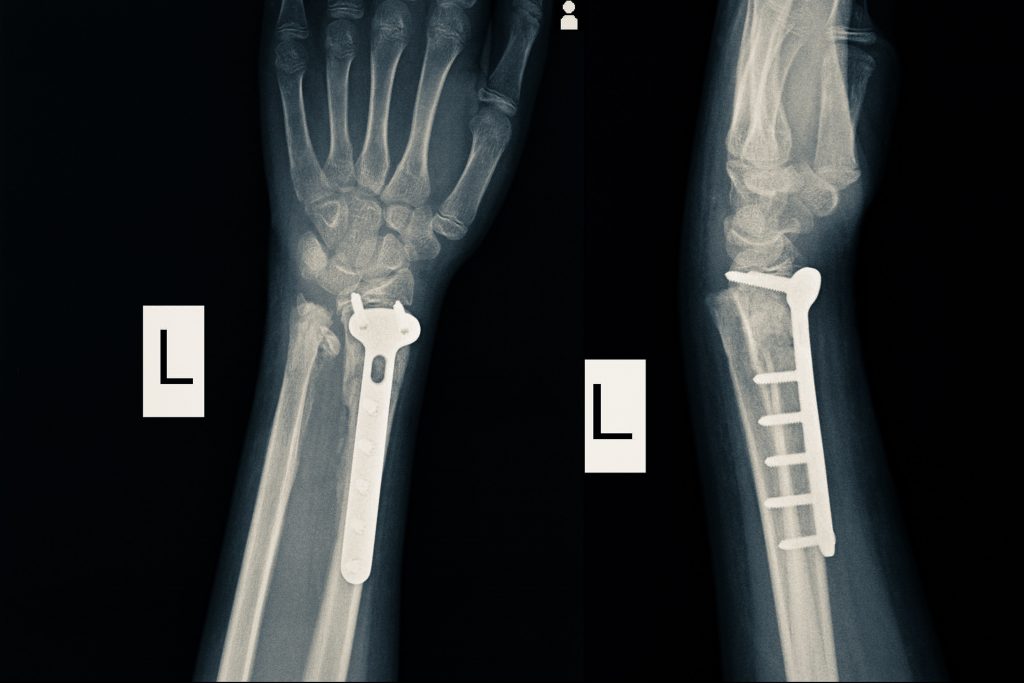
Diagnosis
Diagnosing a TFCC injury is based on an individuals clinical presentation and imaging. In many cases imaging is not always necessary.
- Subjective and Physical Examination
- Xray
- MRI
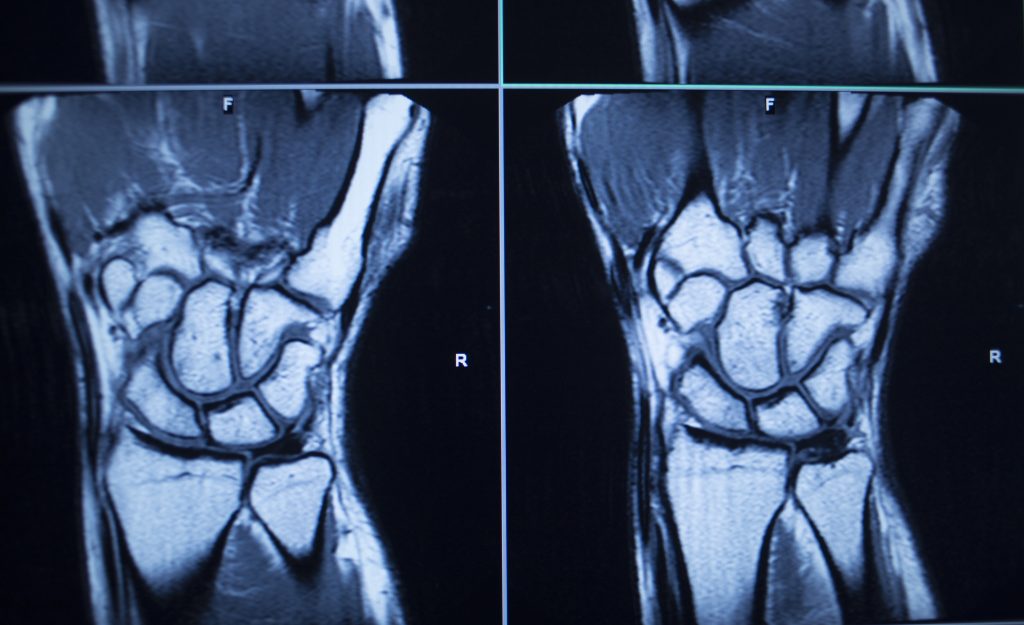
Physiotherapy Management
- Following an acute injury our priority is to minimise the extent of damage, reduce inflammation and decrease pain. Modalities such as RICE (Rest, Ice, Compression, Elevation), strapping, bracing ,manual therapy and may also be used.
- Provide education, address unhelpful beliefs regarding the injury, identify and modify aggravating factors
- Restore pain free wrist range of motion and prevent secondary complications
- Strengthen the muscles of the wrist and upper limbs
- Identify and address movement and postural issues that may have contributed to the injury (i.e. stooped posture, poor positioning of the shoulder blades, poor wrist posture)
- Graded return to work, sport and function
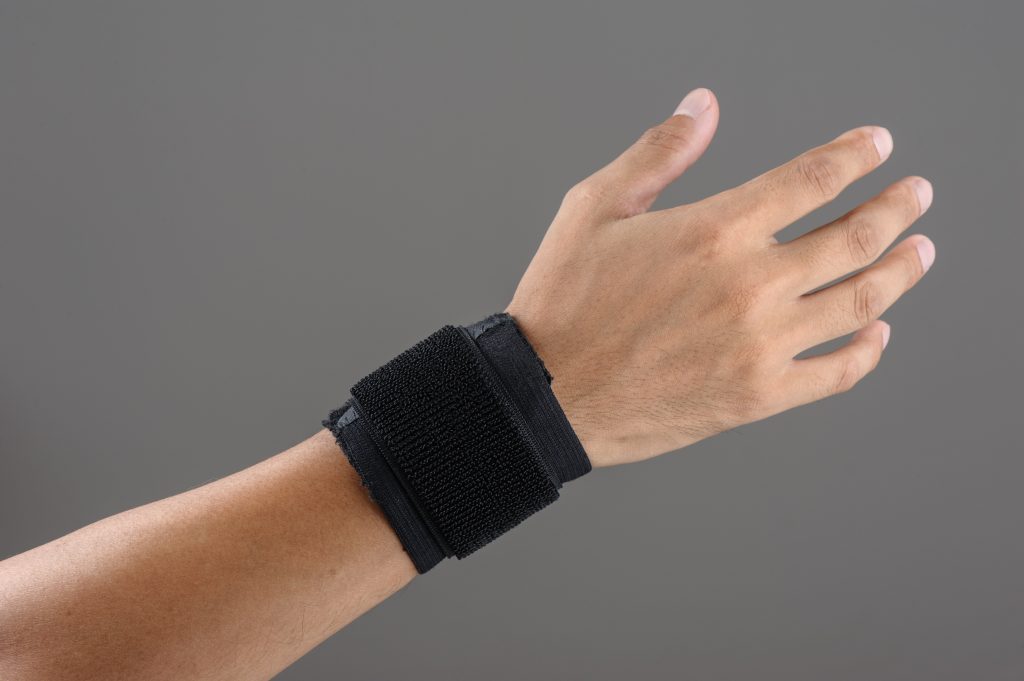
Please keep in mind the information provided is general in nature and should not be used as a substitute to consult your treating health professional. If you have any specific questions or require assistance with your individual treatment requirements please do not hesitate to contact My Family Physio in Pittwater Place Shopping Centre, Northern Beaches
Related Articles